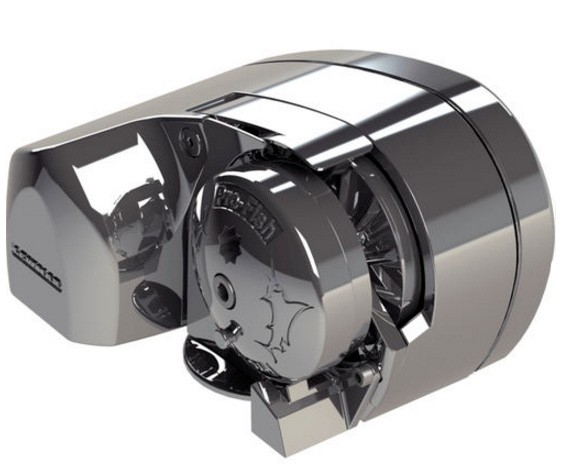The windlass is usually a device located in the anchor locker or on the foredeck of the boat. Its role is to lift and drop the anchor quickly without affecting the back. At present, all windlasses are already electrically operated and can be operated manually, with a remote control or controlled from a cockpit. But how important is the electric windlass and how can it be disengaged?
The importance of an electric windlass
Firstly, an electric windlass is intended for boats with an inboard engine such as large cruising yachts. It is also perfect for those who tend to sail single-handed. An electric windlass usually has three parts: the motor, the gearbox and the spool. These three parts are what make this windlass work properly.
The electric motor produces the shaft rotation with a power that is reduced by the reduction gearbox. The sprocket, the impression ring, drives the track with the force of the motor. This action allows the anchor to be raised and lowered smoothly. With a fairly fast speed, the electric windlass allows the chain to be hauled up to 12 m/min.
How to choose an electric windlass
While being equipped with an anchor, it is necessary to choose a good electric windlass adapted with the boat. Several parameters must be respected in order to make the right choice.
- The models: an electric windlass has two models: the vertical and the horizontal. The vertical model is perfect if you have a large space below deck and a leech depth of less than 40 cm. This model has a 180° chain and sprocket surface. The second model is also ideal for a boat without space. Even so, this only means that installation and maintenance can be carried out easily.
- Size: the electric windlass also depends on the size of the depth. For it is meant to accommodate the length of rope.
- The motor: the windlass motor needs to be powerful so that it can easily pull any kind of weight
How to disengage an electric windlass
The electric windlass can be disengaged for manual operation with a winch or ad-hoc crank. Here are a few steps to guide you through the process of switching to manual operation. First of all, you need to have spare parts such as two small screws and a large part exactly like the crank.
- Before loosening the headstock, you will first need to lock the post but this should not be done too hard using a screwdriver.
- After the pin is really blocked, you can then loosen the headstock with the crank.
- Then put the identical part to the crank and fix it with the two screws.
- Finally, you have to fix the crank so that you can easily reassemble the chain with the crank.






